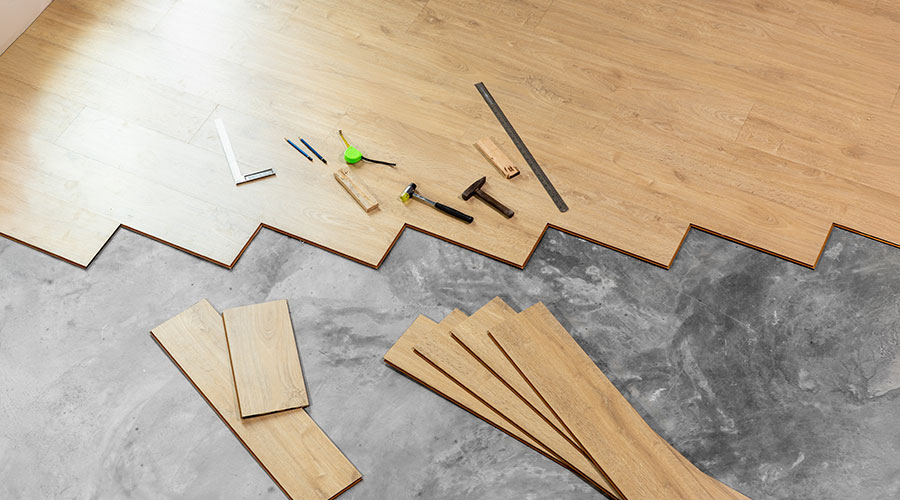Flooring Installation Failures Can Be Costly, Time-Consuming
Flooring installation failures are an increasing problem that can be costly and time-consuming. Curling carpet tile, bubbles in sheet vinyl, curling edges on linoleum and cork tiles, corners turning up on vinyl plank flooring — the list goes on. Failures due to substrate issues of moisture and alkalinity and inappropriate sealers, concrete treatments or additives are costing more than a billion dollars in losses annually. Installations over plywood and OSB (particle board) can also contribute to failed installations. Plywood and OSB can contain chemistry that destroys adhesive; they can also be treated with a flame retardant or bug spray that compromises anything adhered to it.
What can you as a facility manager do to prevent installation problems? The first step is to hire a qualified installer. Some flooring installation problems and failures can be attributed to the installers themselves. This is not meant to cast aspersions on installers, who typically get blamed for everything, receive little respect for doing a difficult and physically demanding job, and are expected to know everything about flooring, plus getting beat up for pricing.
If you expect more for less, you usually wind up with less, and the result in flooring installation is often failures.
For example, on a recent job, installers complained that they couldn't install a particular carpet. They said the pattern wouldn't match, and none of the four or five different adhesives they were using would hold the carpet in place. A test, which involved actually gluing down pieces of the carpet at the site with each adhesive, showed that all the adhesives would hold. The adhesive recommended by the carpet manufacturer actually worked best. To install the carpet, the pattern had to be manipulated according to industry standards for installing direct glue-down pattern material, which the installers were not doing, because the flooring contractor bid the job too low and didn't have enough money in the project to install the carpet correctly, so they said it was not installable. That's like saying, "You didn't pay us enough to tighten all the lug nuts on the wheel so when they fall off don't blame us. We put them on at the low bid price." Sound ridiculous? It is.
The slowdown in the economy has forced installers to bid jobs they are not qualified for. Hiring the lowest bidder is a formula for trouble.
Look for a minimum of 10 years experience with installation of the specific flooring material in the type of space and environment it is to be used. Ask for proof of experience and references.
The flooring contractor should also be intelligent enough to point out issues that may compromise the installation and the flooring material. The contractor should be aware of industry guidelines and standards, and you should be open to what the contractor is telling you. For example, the contractor may point out that, if an abatement process was not properly cleaned up, the flooring installation and the material might fail. A trained and experienced flooring contractor can help prevent problems.
Once you've hired the contractor, there is nothing wrong with watching what the installers are doing and questioning them if you think you need to.
Related Topics:











